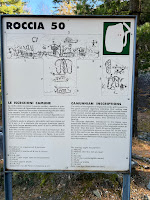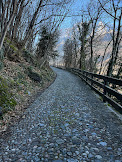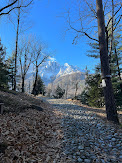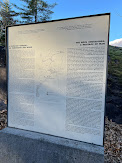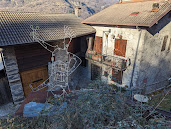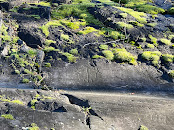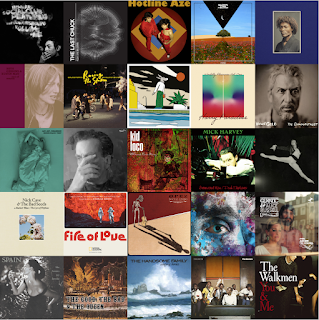
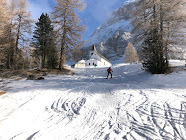
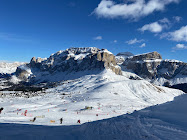
Left: (2023) Passo del Tonale, Italy - Contrabanddieri Run with fog in the valley
Center: (2018) Alta Badia, Italy - Rifugio Santa Croce - La Crusc
Right: (2019) Canazei, Italy - Sella Pass
1. Learn to say no. If you don’t want to ski a “hard” run. Don’t do it. If you don’t feel like skiing one day, don’t. If a group of friends is going to tackle a ski run you don’t like or feel like skiing at the time, skip it.
2. Stop when you aren’t having fun. The trick here is to realize when you aren’t having fun. For example, for me it’s when visibility goes way down and I can’t see the slope. Some skiers don’t mind that. I do. So, I stop. If I’m tired, getting sloppy, and am worried about falling, I stop.
3. Enjoy the other stuff around skiing: rifugio, people, environment. For me, planning something before or after skiing helps break up the day. For example, ski in the morning and then an afternoon walk. Or vice versa. One day, we tried skimo and loved it. Other ideas: ski just a few hours and then explore a nearby village. Spend a long leisurely lunch or break in a rifugio. Bring a book.
4. Breathe. I found that when heading down a slope that was a little tricky, I would hold my breath. A thoughtful big inhale and exhale before tackling the slope helps me.
5. Expect nonlinearity. Weather, visibility, snow, how your body feels, group dynamics, skis, etc. change in time. One day, I ski great. The next day, horribly. Conditions? Me? I don’t know for sure but I accept it.
6. Experience and practice does make you better. Find a slope that you like and get comfortable there. Ski it a dozen times to build confidence.
7. Don’t worry about what others think about you. That applies to all endeavors.



Left: (2019) Madonna di Campiglio, Italy - Punto panoramico Grosté
Center: (2019) Selva, Italy - Sassolungo
Right: (2023) Passo del Tonale, Italy - skimo in Valbiolo



Center: (2019) Selva, Italy - Sassolungo
Right: (2023) Passo del Tonale, Italy - skimo in Valbiolo



Left: (2022) Seefeld in Tirol, Austria - cross country ski tracks
Center: (2019) Cogne, Italy - cross country ski tracks
Right: (2019) Seefeld in Tirol, Austria - slope
Right: (2019) Seefeld in Tirol, Austria - slope








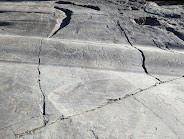
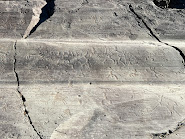
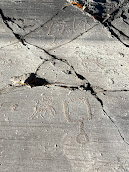
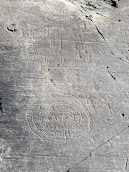


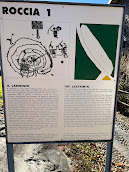
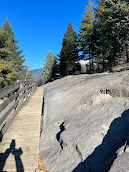

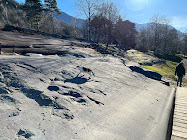

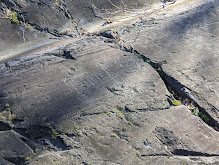
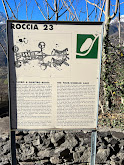


.jpg)
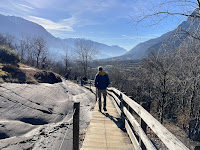



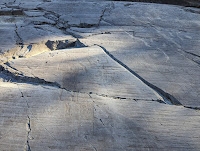

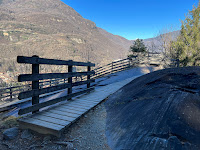


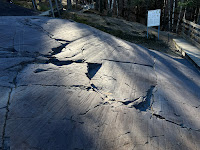

.jpg)


